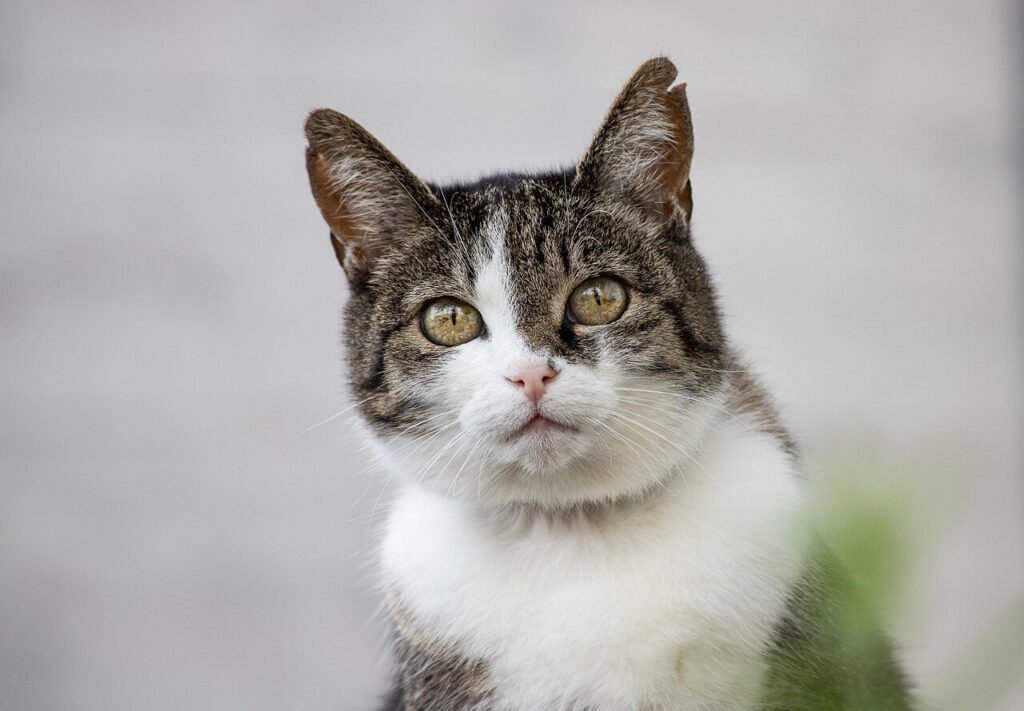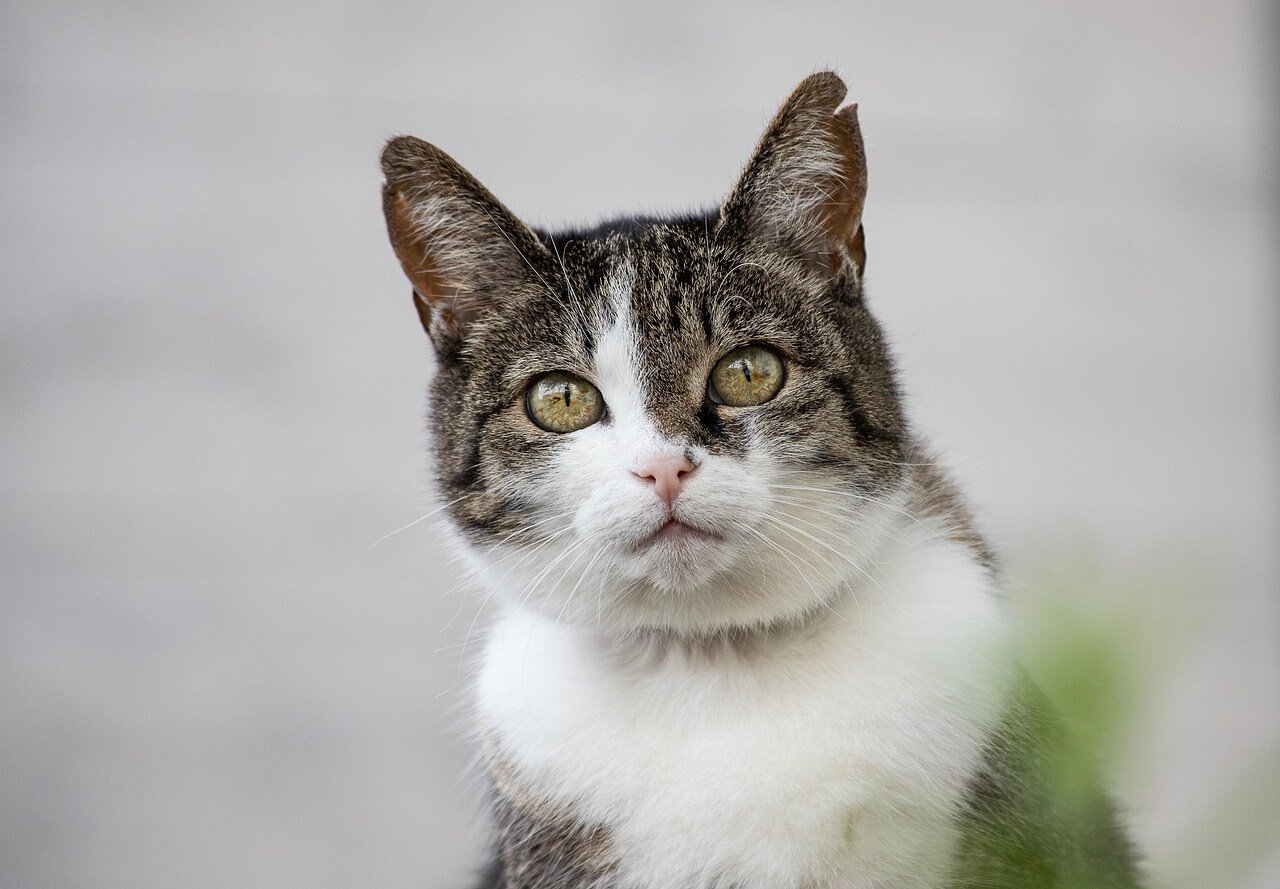What Can Cats Eat Besides Cat Food?
While high-quality cat food is the cornerstone of a feline’s diet, many cat owners wonder if their pets can enjoy other foods as well. The good news is that cats can safely consume certain human foods in moderation, provided they are non-toxic and nutritionally appropriate. However, it’s crucial to understand what foods are safe and which ones could pose risks to your furry friend. From protein-rich snacks to occasional treats, this guide will explore the best options for supplementing your cat’s diet while keeping their health and happiness a top priority.
Safe Human Foods Cats Can Enjoy
Cats are obligate carnivores, meaning their bodies thrive on animal-based proteins. While cat food provides most of their nutritional needs, some human foods can be offered as occasional treats. Here are some safe options to consider:
Cooked Chicken:
Plain, unseasoned cooked chicken is an excellent source of protein and makes a great treat for cats.Boiled Eggs:
Eggs are packed with protein and amino acids. Serve them scrambled or boiled, but avoid adding salt or spices.Pumpkin Puree:
Unsweetened pumpkin puree aids digestion and can help with hairballs. Offer it in small amounts as a natural remedy.Fish (in Moderation):
Cooked salmon or tuna without seasoning can be a tasty treat, but limit portions due to potential mercury content.Steamed Green Beans:
Low in calories and high in fiber, green beans make a healthy snack for cats who need weight management.
These human foods can add variety to your cat’s diet, but always introduce them gradually and in moderation to avoid digestive upset.
Foods That Are Toxic to Cats
While some human foods are safe for cats, others can be highly toxic and even life-threatening. It’s essential to know which foods to avoid entirely to keep your cat safe.
Chocolate:
Chocolate contains theobromine and caffeine, both of which are toxic to cats and can cause seizures or heart problems.Onions and Garlic:
These vegetables damage red blood cells, leading to anemia. Avoid feeding them in any form, including powdered or cooked versions.Grapes and Raisins:
Even small amounts of grapes or raisins can cause kidney failure in cats. Keep these foods out of reach at all times.Alcohol and Caffeine:
Both substances are extremely dangerous for cats, affecting their central nervous system and potentially causing death.Dairy Products:
Despite popular belief, most cats are lactose intolerant. Milk and cheese can upset their stomachs and should be avoided.
By steering clear of these harmful foods, you can prevent accidental poisoning and ensure your cat stays healthy and happy.
Check this guide 👉How Much Does Cat Food Cost Per Month? Best 7 Tips!
Check this guide 👉Homemade Wet Cat Food Recipes: Best 7 Expert Tips!
Check this guide 👉Ingredients to Avoid in Cat Food: Best 7 Health Tips!

Safe Foods for Cats | Toxic Foods to Avoid |
|---|---|
Cooked chicken (unseasoned) | Chocolate |
Boiled eggs | Onions and garlic |
Pumpkin puree | Grapes and raisins |
Steamed green beans | Alcohol and caffeine |
Small amounts of plain fish | Dairy products (milk, cheese) |
How to Introduce New Foods Safely
Introducing new foods to your cat requires care and attention to avoid upsetting their sensitive digestive systems. Follow these steps to ensure a smooth transition.
Start with Small Portions:
Begin by offering tiny amounts of the new food to monitor your cat’s reaction. This helps identify any allergies or intolerances.Avoid Seasonings and Additives:
Cats don’t need salt, sugar, or spices. Always serve plain, unseasoned foods to prevent adverse effects.Observe for Digestive Issues:
Watch for signs of vomiting, diarrhea, or constipation after introducing a new food. Discontinue use if symptoms occur.Consult Your Veterinarian:
If you’re unsure about a particular food, seek advice from your vet before including it in your cat’s diet.Stick to Occasional Treats:
Human foods should only complement—not replace—your cat’s regular meals. Limit treats to 10% of their daily caloric intake.
By following these guidelines, you can safely incorporate new foods into your cat’s diet without compromising their health.
Benefits of Adding Variety to Your Cat’s Diet
Including safe human foods in your cat’s diet can offer numerous benefits beyond just satisfying their curiosity. Here’s why variety matters:
Enhanced Nutrition:
Certain foods, like pumpkin or green beans, provide additional vitamins and fiber that support overall health.Mental Stimulation:
Trying new flavors and textures keeps your cat engaged and prevents boredom during mealtime.Weight Management:
Low-calorie snacks like steamed vegetables can help maintain a healthy weight for overweight cats.Improved Hydration:
Water-rich foods like cucumber or watermelon (in tiny amounts) can encourage better hydration.Strengthened Bond:
Sharing safe treats creates positive interactions between you and your cat, strengthening your relationship.
Adding variety not only enriches your cat’s diet but also enhances their overall well-being and happiness.
Signs Your Cat Likes a New Food
Cats can be picky eaters, so recognizing whether they enjoy a new food is important before making it a regular part of their diet. Look for these signs to gauge their preferences.
Eager Consumption:
If your cat eagerly gobbles up the food, it’s likely a hit. Slow or hesitant eating may indicate disinterest.Purring During Meals:
Purring while eating is a strong indicator that your cat finds the food satisfying and enjoyable.Requesting More:
Cats who meow or paw at you after finishing a portion are showing enthusiasm for the new food.No Refusal of Regular Meals:
Ensure your cat continues eating their regular food alongside the new treat. A sudden refusal could signal overindulgence.Positive Behavioral Changes:
Happier demeanor or increased energy levels after eating may suggest the food agrees with them.
Observing these cues helps you determine which foods your cat truly enjoys and benefits from.
Foods to Avoid for Kittens
Kittens have delicate digestive systems and require special care when introducing new foods. Here’s what to avoid to keep them safe.
High-Sodium Foods:
Salt can harm a kitten’s kidneys. Avoid processed meats, chips, or salty snacks.Raw Fish or Meat:
Unlike adult cats, kittens are more susceptible to bacteria in raw foods. Stick to cooked options.Spicy or Oily Foods:
Spices and oils irritate a kitten’s stomach and should never be included in their diet.Large Chunks of Food:
Big pieces pose choking hazards. Always cut food into kitten-sized bites.Sugary Treats:
Candy, cookies, or sugary snacks can lead to obesity and dental issues in growing kittens.
By avoiding these foods, you protect your kitten’s health and set the stage for lifelong wellness.
Creative Ways to Serve Safe Foods
Making mealtime fun and engaging can improve your cat’s experience with new foods. Try these creative serving ideas:
DIY Food Puzzles:
Hide small pieces of safe food in puzzle toys to stimulate your cat’s hunting instincts.Freeze Treats:
Mix mashed pumpkin or plain yogurt with water and freeze it into cubes for a refreshing snack.Interactive Feeding Stations:
Place small portions of safe foods around the house for your cat to “hunt” and discover.Mix with Cat Food:
Combine finely chopped safe foods with their regular kibble to encourage acceptance.Use Silicone Molds:
Shape blended safe foods into fun shapes using silicone molds for added variety.
These creative methods not only entertain your cat but also make trying new foods an exciting experience.
Frequently Asked Questions About Feeding Cats Human Foods
Can I feed my cat raw meat?
Raw meat can carry bacteria like salmonella. It’s safer to feed cooked, unseasoned meat instead.
Is it okay to give my cat fruit?
Some fruits like apples (without seeds) or blueberries are safe, but avoid citrus fruits and those containing pits or seeds.
How often can I give my cat treats?
Treats should make up no more than 10% of your cat’s daily calorie intake to maintain a balanced diet.
What should I do if my cat eats something toxic?
Contact your veterinarian or an animal poison control center immediately for guidance.
Can cats eat bread?
Plain bread isn’t toxic, but it offers little nutritional value and should be given sparingly.
Balancing Nutrition and Treats for Your Feline Friend
Understanding what cats can eat besides cat food empowers you to provide a varied and enjoyable diet while prioritizing their health. By sticking to safe, nutritious options and avoiding toxic foods, you can enhance your cat’s quality of life and strengthen your bond through shared culinary experiences. Remember, moderation and consultation with your veterinarian are key to ensuring your cat thrives on a balanced diet. With the right approach, you can turn mealtime into a delightful adventure for your beloved companion.
Can a Cat Die from a Cold? Best 7 Expert Tips! Learn how to identify, treat, and prevent feline colds while understanding when to seek veterinary care for your cat’s health.
Cat Screaming for Food: Best 7 Expert Tips! Discover effective strategies to manage your cat's food-related vocalizations and create a peaceful feeding routine.
Aspiration Pneumonia in Cats: Best 7 Expert Tips! Discover causes, symptoms, and treatment advice to protect your cat’s respiratory health and ensure a speedy recovery.
Hip Dysplasia in Cats: Best 7 Expert Tips! Discover expert advice on managing hip dysplasia in cats, from symptoms and prevention to treatment options for a happier, healthier feline life.





